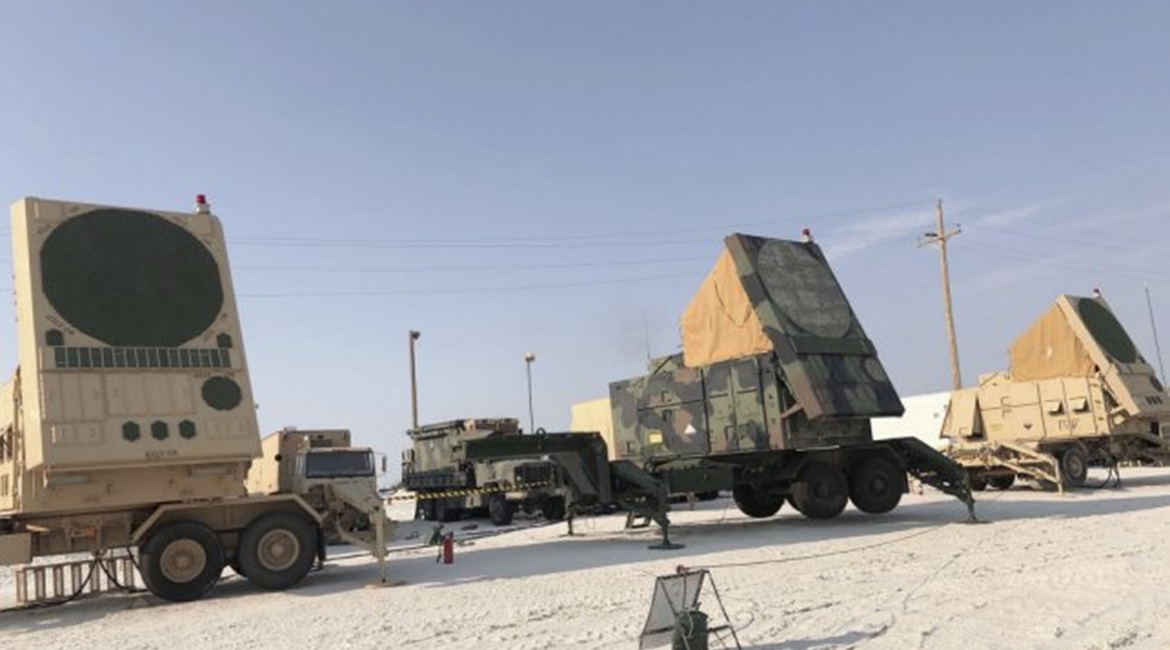
The US Army has concluded its second ‘successful’ live-fire test of its future missile defence battle command system but is also investigating why a Patriot Advanced Capability-3 Missile Segment Enhancement (PAC-3 MSE) interceptor did not launch as planned.
Janes accompanied senior army leaders out to White Sands Missile Range, New Mexico, on 20 August for a critical portion of the limited user test (LUT) for the new Integrated Battle Command System (IBCS) network. During the event, the service ‘near simultaneously’ fired two surrogate threats – the first an MQM-178 Firejet aerial target and the second a Black Dagger tactical ballistic missile.
Out in the desert, the service had two Patriot radars, two Sentinel radars, Patriot launchers, two battery engagement operations centres, and two battalion engagement operations centres communicating over seven different Integrated Fire Control Network (IFCN) relays within a 70 km area, explained Colonel Phil Rottenborn, the project manager within the Program Executive Office Missiles and Space. The plan was to take down the MQM-178 threat with a PAC-2 interceptor and launch two interceptors at the Black Dagger – a PAC-3 Cost Reduction Initiative (CRI) interceptor and a PAC-3 MSE.
Army Vice Chief of Staff General Joseph Martin talks to IBCS programme officials after the 20 August live-fire test. (Ashley Roque/Janes )
The former cruise missile threat was intercepted as planned, and the Black Dagger was taken out in its terminal flight phase by the PAC-3 CRI. However, the PAC-3 MSE did not fire as planned.
“We believe that the IBCS performed as expected and we are investigating a potential error within the missile which could be either [Murphy’s Law] struck or something else happened,” Col Rottenborn told Janes
Looking to read the full article?
Gain unlimited access to Janes news and more...






